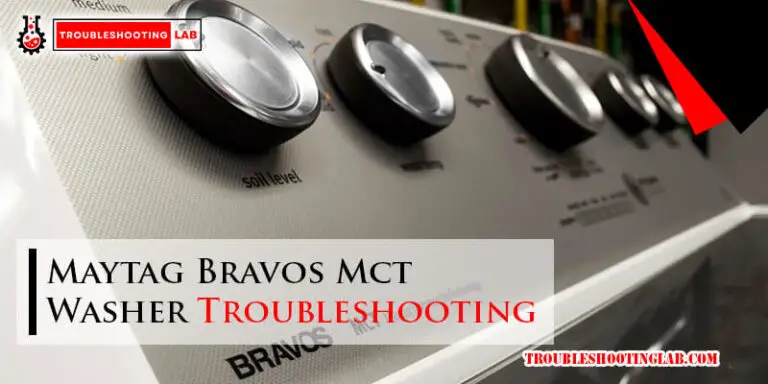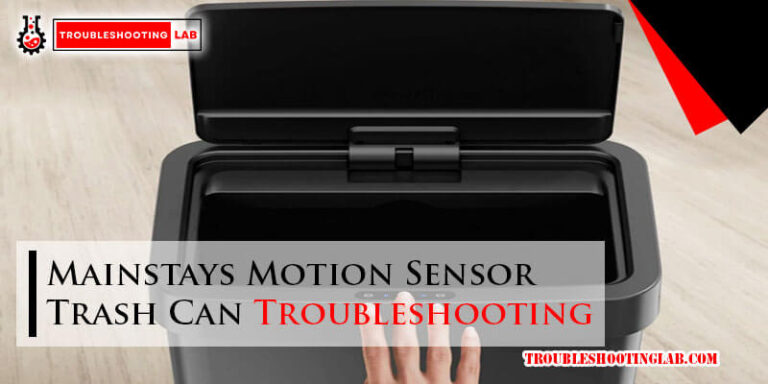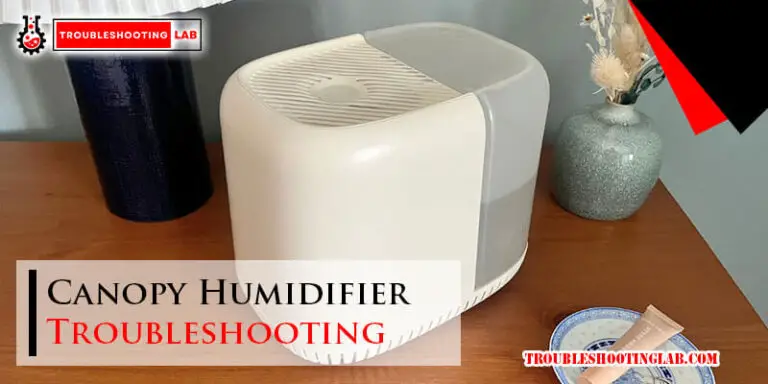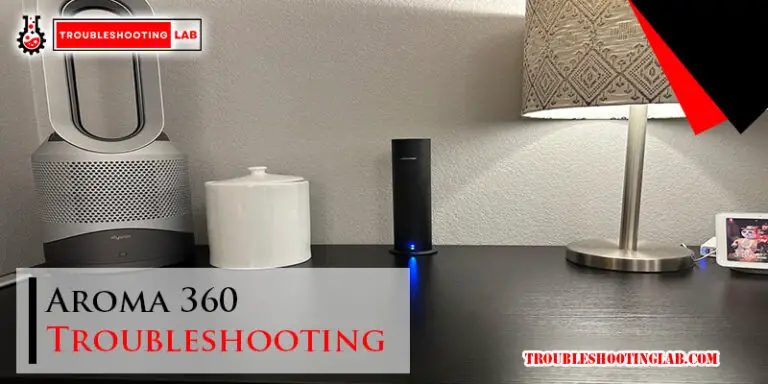Shark Lift Away Troubleshooting: Solve Common Issues Fast
Do you ever find yourself wrestling with your Shark Lift Away vacuum, wondering why it isn’t performing as it should? You’re not alone.
As much as we love the convenience and power of this versatile cleaning companion, issues can sometimes arise that leave us scratching our heads. But don’t worry—you’re about to discover solutions that will transform your vacuum woes into a smooth, hassle-free experience.
Imagine the satisfaction of finally conquering those pesky problems and making your Shark Lift Away run like new. Dive into this guide, and let’s tackle these troubleshooting tips together, ensuring your cleaning routine is efficient and stress-free.
Common Power Problems
Shark Lift Away vacuums often face power issues like loose connections and faulty switches. Regularly checking the cord and plug can prevent these problems. Ensuring all parts are securely attached aids in maintaining consistent performance.
Experiencing power issues with your Shark Lift Away vacuum can be frustrating. Imagine gearing up for a quick clean, only to find your vacuum unresponsive. Understanding the common power problems can save you a call to customer service and get you back to cleaning in no time. Let’s dive into the most frequent power issues and simple troubleshooting steps you can take to resolve them.Checking Power Cord Connections
Start by examining the power cord. Ensure it is securely plugged into the wall socket. A loose connection might be the reason your vacuum isn’t turning on. Inspect the length of the cord for any visible damage. Cuts or frays can interrupt the power flow. If you spot any, it’s time for a replacement. Consider how often the cord gets tangled or bent. Repeated twisting can lead to internal wire breakage. Is your cord in good shape?Inspecting The Outlet
Test the outlet by plugging in another device, like a lamp or phone charger. Does it work? If not, the issue might be with the outlet rather than your vacuum. Check if the outlet is part of a circuit breaker. It’s possible it has tripped, cutting off power. Reset the breaker if needed. Think about using a different outlet. Sometimes, simply switching plugs can solve the problem. Have you tried this yet?Resetting The Vacuum
Your Shark Lift Away might just need a reset. Unplug it, wait a minute, then plug it back in. This simple action can often resolve minor glitches. Consider if the vacuum has overheated. If so, give it a rest before attempting to restart. This can prevent further issues. Reflect on the last time you cleaned the filters. A clogged filter can cause the vacuum to overheat and shut off. When was your last maintenance check? By tackling these common power problems, you can often save yourself time and energy. How many of these steps have you tried? What if your vacuum springs back to life with just a simple check or reset?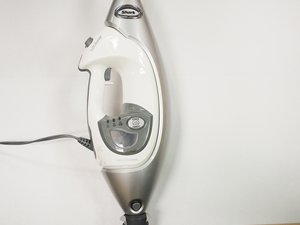
Credit: www.ifixit.com
Suction Issues
Dealing with suction issues in your Shark Lift Away vacuum can be frustrating. Imagine eagerly cleaning up after a fun family gathering, only to find your vacuum isn’t picking up crumbs like it used to. Suction problems can stem from several sources, but don’t worry. With a few simple troubleshooting steps, you can get back to enjoying a spotless home.
Cleaning The Filters
First, let’s tackle the filters. Dirty filters are often the culprits behind diminished suction power. Regularly cleaning your vacuum’s filters can make a noticeable difference. Have you ever noticed how your car runs better after a fresh oil change? Similarly, clean filters ensure your vacuum operates at peak efficiency.
To clean the filters, remove them from the vacuum and rinse them under warm water. Gently squeeze out excess water and let them air dry completely before reinstalling. Doing this monthly can keep your vacuum performing optimally.
Checking For Blockages
Blockages can also hinder suction. Have you ever been surprised by how quickly small items can accumulate in your vacuum? Check for blockages in the brush roll, hose, and other crevices where debris might be hiding.
Turn off and unplug the vacuum before inspecting these areas. Remove any visible debris, and use a flashlight to spot any hidden clogs. Sometimes, a stubborn piece of paper or a small toy can be the culprit. Clearing these blockages can restore your vacuum’s suction power.
Inspecting The Hose
The hose is another critical component to check. A damaged or clogged hose can drastically reduce suction. Have you ever wondered why your vacuum seems to lose power suddenly? A kinked or blocked hose might be the reason.
Detach the hose and inspect it for any holes or tears. Feel for blockages by gently flexing the hose, or use a long stick to push out any debris. If the hose is damaged, consider replacing it to maintain optimal suction.
By addressing these common issues, you can ensure your Shark Lift Away vacuum performs like a champ. Have you ever solved a problem using simple steps and felt a sense of accomplishment? Fixing these suction issues might just give you that same satisfaction. Now, are you ready to tackle the crumbs with renewed vigor?
Brush Roll Malfunctions
The Shark Lift Away vacuum is a reliable cleaning tool. Yet, brush roll malfunctions can cause frustration. A faulty brush roll can hinder cleaning performance. It can leave dirt and debris behind. Understanding common issues can help resolve them quickly.
Removing Debris
Debris often clogs the brush roll. This blocks its ability to spin. Regular cleaning can prevent this issue. Unplug the vacuum before starting. Remove visible debris using your hands or a tool. Ensure no strands or fibers are wrapped around the roll.
Checking For Obstructions
Obstructions can stop the brush roll from spinning. Check if any large objects are stuck. Turn the vacuum over and inspect the roll. Remove any items that may be blocking it. Pay attention to small items like paper clips or toys.
Ensuring Proper Rotation
Proper rotation is crucial for effective cleaning. Turn on the vacuum and observe the brush roll. It should spin smoothly without jerking. If it doesn’t, check for loose connections. Inspect the belt and ensure it is not worn out. Replace the belt if necessary.
Unusual Noises
Experiencing unusual noises with your Shark Lift Away vacuum can be concerning. Check for blockages in the hose or filters. Loose parts might also cause rattling sounds. Regular maintenance can help identify and fix these issues quickly.
Unusual noises coming from your Shark Lift-Away vacuum can be more than just annoying; they might be signs of underlying issues that need your attention. You might be cleaning your living room when a sudden clanking or whirring noise interrupts your routine. These sounds can be unsettling, but addressing them quickly can save you from bigger problems down the line.Identifying Loose Parts
Loose parts are a common culprit when it comes to strange noises. Check all external and internal components to see if anything is out of place. Tighten any screws or bolts that may have come undone. Imagine you’re assembling a piece of furniture, and you notice a screw is missing. It’s the same with your vacuum—missing or loose screws can lead to those jarring sounds. Consider keeping a small toolkit handy for quick fixes. A quick inspection can reveal if the problem lies with a specific part. If you find something loose, secure it immediately to prevent further damage. Have you ever tightened a loose bolt and felt the satisfaction of seeing the problem disappear? It’s a small action with a big impact.Inspecting The Motor
The motor is the heart of your vacuum, and unusual noises here can signal serious issues. First, unplug the vacuum and let it cool down. Then, remove the casing to get a closer look. Is the motor excessively hot to the touch? This might indicate it’s overworking. A clean motor runs smoother, so take a moment to remove any visible debris. Have you noticed a change in the sound when you adjust the vacuum settings? This could mean the motor’s having difficulty. If you’re unsure, consulting the user manual or reaching out to customer service can provide specific guidance.Examining The Brush Roll
The brush roll is often overlooked, but it’s a frequent source of noise. A clogged or tangled brush roll can cause rattling or grinding sounds. Have you ever pulled a clump of hair or string from the brush roll and noticed how much quieter it becomes? Regular cleaning can prevent these noises from occurring. Inspect the roll for debris that could be obstructing its movement. A quick clean can not only stop the noise but also improve your vacuum’s efficiency. Do you maintain your brush roll regularly? It might be time to add this to your cleaning routine. By addressing these areas—loose parts, motor, and brush roll—you can troubleshoot unusual noises effectively. Next time your Shark Lift-Away starts making sounds that make you raise an eyebrow, you’ll know exactly where to look.Overheating Concerns
If your Shark Lift Away vacuum has been acting up, overheating might be the culprit. This common issue can disrupt your cleaning routine and leave you wondering what went wrong. Understanding the reasons behind overheating can help you address the problem swiftly and effectively. Let’s dive into some practical solutions to keep your vacuum running smoothly.
Allowing The Vacuum To Cool
Has your vacuum suddenly stopped mid-cleaning? Overheating might be the reason. If your vacuum feels warm or has an unusual smell, it’s time to give it a break. Simply unplug it and let it cool down for about 45 minutes. This can prevent further damage and extend the life of your machine.
Ever tried pushing your vacuum to the limit during a deep clean? We’ve all been there. But patience is key. Taking breaks during intensive cleaning sessions can keep your vacuum from overheating and ensure it’s ready for the next round.
Cleaning Vents And Filters
Dirty vents and filters can cause your vacuum to overheat. Dust and debris build-up restrict airflow, making the motor work harder. Regular cleaning of vents and filters can prevent this. Have you checked them recently?
Removing the filters and giving them a good rinse can do wonders. Let them dry completely before reinstalling. A clean filter means better performance and less risk of overheating.
Checking For Clogs
Blockages in your vacuum can lead to overheating. They force the motor to work overtime, which can cause it to heat up. If your vacuum isn’t picking up dirt like it used to, it might be clogged. Is your vacuum hose clear?
Turn off your vacuum and inspect the hose and brush roll for debris. Remove any obstructions carefully. You’d be surprised how a simple check can restore your vacuum’s efficiency and prevent overheating issues.
Remember, taking care of your Shark Lift Away is crucial for its longevity. Addressing overheating concerns not only solves immediate problems but also helps maintain your vacuum for years to come. What steps will you take to ensure your vacuum stays cool? The power is in your hands.

Credit: www.youtube.com
Led Light Indicators
Shark Lift Away vacuum cleaners are equipped with LED light indicators that help you understand the status of your machine. These lights are not just decorative; they serve as important signals about the operation and health of your vacuum. Knowing what each light means can save you from unnecessary stress and ensure your cleaning session runs smoothly.
Understanding Light Signals
LED lights on your Shark Lift Away vacuum provide clear communication. A solid blue light generally means everything is functioning properly. But what happens when the light changes color or starts flashing? A flashing red light might indicate a blockage or overheating. This is your vacuum’s way of asking for attention. Imagine driving your car without understanding the dashboard signals; it’s the same with your vacuum. Familiarize yourself with these signals to avoid mishaps.
Responding To Warning Lights
Seeing a warning light can be daunting, but it’s your cue to take action. If the red light flashes, check for blockages in the hose or brush roll. You might be surprised to find how often small objects get stuck, causing the vacuum to overheat. Regularly cleaning and maintaining your vacuum can prevent these issues. Think of it as a quick health check for your appliance. The quicker you respond, the longer your vacuum will serve you efficiently.
Resetting The Indicator
Sometimes, after addressing the issue, the warning light may persist. In such cases, resetting the LED indicator can help. First, turn off the vacuum and unplug it. Wait for a few minutes to let it cool down. Plug it back in and power it on. Usually, this simple act resets the system. If the light remains, it might be worth consulting the manual or reaching out to customer service. Have you ever been frustrated by a stubborn light? A reset can often be the solution.
Understanding and responding to LED light indicators isn’t just about fixing problems; it’s about ensuring your Shark Lift Away vacuum stays in top condition. Next time a light catches your eye, remember it’s your vacuum’s way of communicating, and you’re equipped to respond effectively.
Attachments And Accessories
Attachments and accessories can significantly enhance the functionality of your Shark Lift Away vacuum, but they can also be a source of troubleshooting if not properly managed. Whether you’re using a crevice tool for tight spaces or a pet brush to tackle stubborn fur, ensuring these components are in top condition is crucial for optimal performance. Here’s how you can keep your attachments and accessories in check.
Ensuring Secure Connections
It’s frustrating when a vacuum tool falls off mid-cleaning. To avoid this, check that all attachments are securely connected. Hear that satisfying click or snap? That’s your cue that the piece is firmly in place. Sometimes, we hurry through cleaning and miss these simple steps.
Experiment with different angles when attaching. A slight twist or push can make all the difference. If you’re still having trouble, inspect the connection points for wear or dirt. A clean surface helps ensure a snug fit.
Inspecting For Damage
Regularly inspect your accessories for signs of wear and tear. Cracks or broken bristles can compromise cleaning efficiency. Pay special attention to moving parts like brushes or wheels; these are prone to damage.
If you spot damage, consider replacing the part. It’s better to invest in a new tool than struggle with ineffective cleaning. Have you ever tried using a broken vacuum brush on pet hair? It’s an exercise in futility.
Cleaning Attachments
Dirty attachments can affect your vacuum’s suction power. Regular cleaning keeps them in peak condition. Use warm, soapy water to clean non-electrical parts. Ensure they are completely dry before reattaching.
For tougher dirt, a toothbrush can be your best friend in scrubbing away grime. Have you noticed a drop in performance after a dusty job? Cleaning might be the simple solution you need.
Are you maintaining your attachments as well as your vacuum itself? If not, it’s time to make it part of your routine. Your cleaning tasks will be more effective, and your vacuum will thank you for it.

Credit: www.ifixit.com
Conclusion
Troubleshooting your Shark Lift Away can be simple with these tips. Regular maintenance ensures your vacuum runs smoothly. Check for blockages if suction decreases. Clean filters to improve performance. Replace worn parts promptly. Listening to unusual sounds? Inspect the brush roll.
Remember, a little care goes a long way. This keeps your Shark Lift Away in top shape. Happy cleaning!

